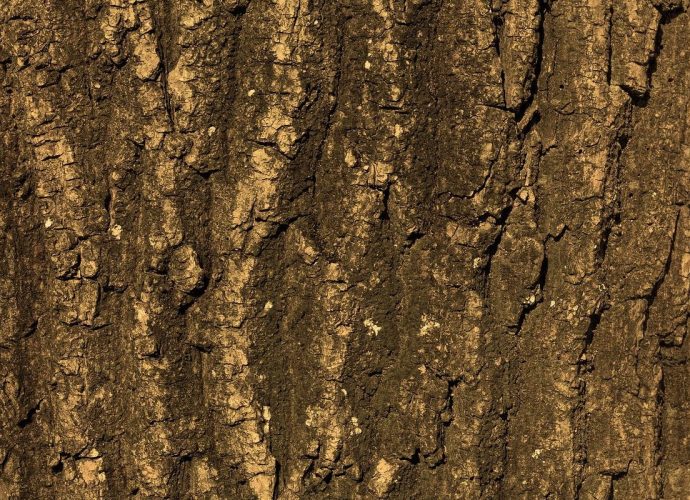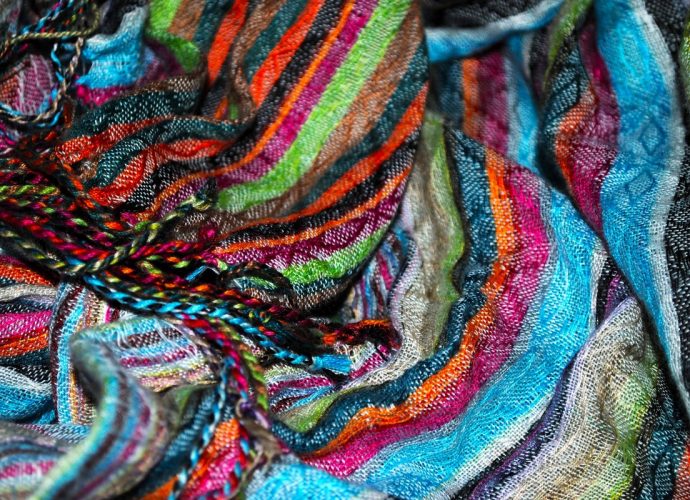Why Are Centrioles Absent In Plant Cells?
Centrioles are paired barrel-shaped organelles located in the cytoplasm of animal cells near the nuclear envelope. Centrioles play a role in organizing microtubules that serve as the cell’s skeletal system. What is Centriole is it present in plant cell? No. Plant Cells lack centrioles. Centrioles are present only in animalRead More →









